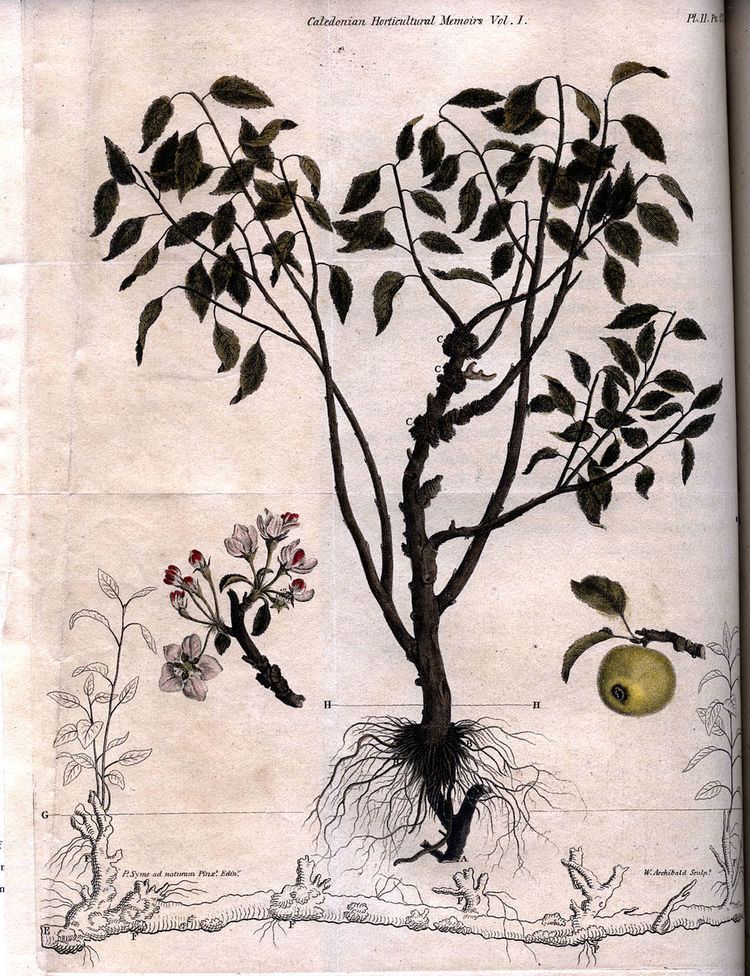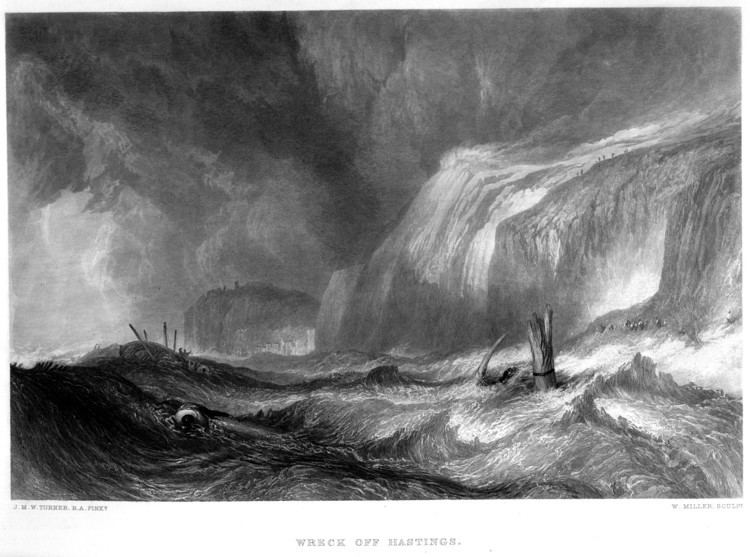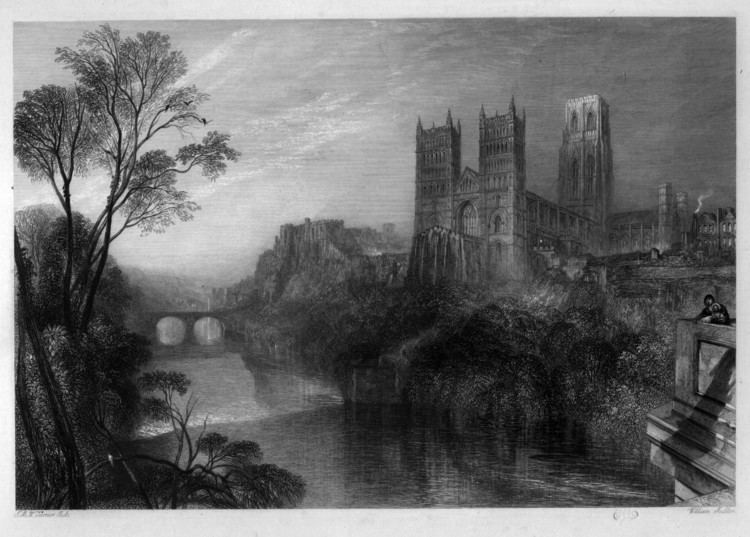Name William Miller | Role Engraver | |
 | ||
Spouse(s) 1. Ellen Miller d.1841; 2. Jane Miller Died January 20, 1882, Sheffield, United Kingdom | ||
William Miller (28 May 1796 – 20 January 1882) was a Scottish Quaker line engraver and watercolourist from Edinburgh.
Contents

Life

Miller became an apprentice to William Archibald in 1814. His first published engraving was in that year, of an apple tree for William Archibald. This engraving appeared in Vol I of the Caledonian Horticultural Society. He spent four years with William Archibald, then setting up on his own account. At the end of 1819 he moved to Hackney to join the workshop of George Cooke. The premium paid for his eighteen-month stay with Cooke was £240. Other apprentices with Cooke included William Shotter Boys.
In the 1830s his address is listed as 4 Hope Park, in the Meadows area of Edinburgh.
Works
Whilst an apprentice with Cooke, Miller drew a series of plants from the neighbouring nursery of Loddiges. These were engraved by Cooke and published in volumes v - vii of Loddiges Botanical Cabinet, London, J. and A. Arch, 1820 - 1822.
Miller was one of the principal engravers of J. M. W. Turner.
James Giles, one of William Miller's pupils, wrote some reminiscences of his time as an apprentice at Hope Park. Writing from Redhill on 17 September 1883 (published privately in Memorials of Hope Park):
"Wm Miller's admiration of Turner was unbounded, and his pupils soon caught the infection. The drawings, which at first sight looked so mysterious and unintelligible, the more they were pondered, unfolded their wondrous meaning and beauty; and from my own experience I can testify, that sitting for weeks before the same drawing, I did not tire over them, as was the case with inferior pictures. The plates executed from 1833 to 1836 consisted of the illustrations to Scott's Works, Turner's 'Annual Tour', Gainsborough's 'Watering Place', a large Venice, by Turner and, of course, some plates of less note. The plates for Rogers's poems were engraved before my time, but not published till afterwards; these are probably the most exquisite gems that ever were, or ever will be produced. I beg however to differ from Ruskin in my estimate of them. I like Loch Lomond, and the old Ancestral Hall better than the vignette, with the fountain, at the beginning of the volume...........The Gainsborough was entirely the work of your father's own hand; it was done from a smaller copy of the original in the National Gallery. The pencil drawing was sent as usual to be transferred by the printer through the rolling press on to the etching ground, but when it came back the drawing was found to have shifted during the process, and the transferred outlines were thick and blurred. I should have been appalled, but your father made light of it, and etched away as if it had been all right.
"I need hardly say that it is as the interpreter of Turner your father's fame very much rests, and that Turner himself preferred 'the Scotch Quaker' to all other engravers. The skill with which he translated the high aerial effects was beyond all rivalry..........
"In making the outline drawings for transference to the plate, we were instructed to preserve every minute touch, indeed, keeping the touch was a point much insisted on. I remember an amusing instance of this. I was etching the Pass of Killicrankie, a vignette for Scott's Works; cottages were in flames, and the dead lying in the foreground; in the distance was a row of dark spots - the subject suggested they might be a regiment of soldiers, at the same time they looked very much like fir-trees. I asked your father's opinion, he reply was 'Oh, just keep the touch, and they can be taken for either.' He was not, however, so particular in the case of architecture; and when Edinburgh, from St. Anthony's Chapel, was in hand, he sent me to the spot to make sketches of the principal buildings in the distance. The High School in Turner's drawing was little more than a white patch. Your father did the foreground, and I believe, the sheep, but St. Anthony's Chapel, and the various distant buildings were etched by me - the latter from the sketches I had taken. For closeness of line and minute detail, it is the most laborious plate I was ever engaged on, and will, I believe, bear looking at through a magnifier. Of course, the beautiful effects depend entirely on the finish of your father. I had only to do with the mechanical part - the body - the soul is his. In the case of Turner's figures, perhaps keeping the touch was carried too far.
"Your father usually etched the foreground of the plates his pupils worked upon; and was fond of etching water, both rough and smooth, which was remarkable for its liquid effect.
Large single prints by Miller after Turner include The Grand Canal for Hodgson and Graves, 1837; Modern Italy for F G Moon, issued as the Presentation Plate for the National Art Union in 1843; and The Rhine, Osterprey and Feltzen for D T White in 1852.
His last engraved work was a series of vignettes after Myles Birket Foster to illustrate two volumes of the poems of Thomas Hood, published by Moxon in 1871 and 1872.
